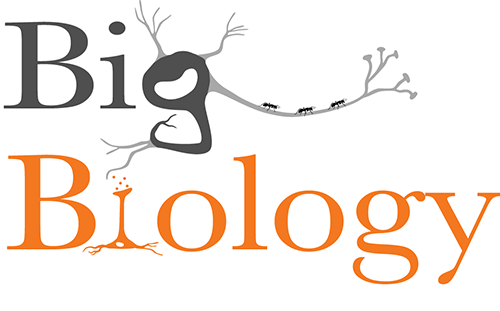

Files
Download Full Episode (60.2 MB)
Loading...
Interviewer(s)
Art Woods, Marty Martin
Interviewee(s)
Cassandra Extavour
Description
What is a germ cell and why do animals separate germ and soma (body) cells at all? What molecules determine whether cells become germ or soma, and are some such mechanisms products of horizontal gene transfer?
On this episode of Big Biology, we talk with Cassandra Extavour, an evolutionary developmental biologist at Harvard who studies the how's and why's of germ cell differentiation in insects. Recently, Cassandra's lab has been working on oskar, a novel and highly conserved gene that is indispensable for giving insect cells the ability to become sperm or eggs. She and others have found that Oskar effectively acts like a magnet in developing insect cells, keeping together molecules critical to transformation of undifferentiated cells into functional germ cells. Bizarrely, this really important gene is thought to have evolved partly through horizontal gene transfer between insects and particular bacteria. Since then, Oskar has also come to have many other functions, including for nerve cell development, even though much of its history was in species without nervous systems. Cassandra thinks that genes like these with complex histories and pleiotropic effects might be very common in living systems, much more than longstanding one gene-one phenotype thinking would lead us to expect.
Photo credit: Fruit Fly (Drosophila immigrans) by Martin Cooper (CC by 2.0)
Date Published
12-2020
Language
eng
Length of Episode
1 hour, 2 minutes, 50 seconds
Digital File Format
audio/mp3
Document Type
Podcast
Recommended Citation
Woods, Art and Martin, Marty, "Episode 054: And the Oskar goes to: germ-soma differentiation in insects" (2020). BigBiology Podcasts. 55.
https://scholarworks.umt.edu/bigbiology_podcasts/55
